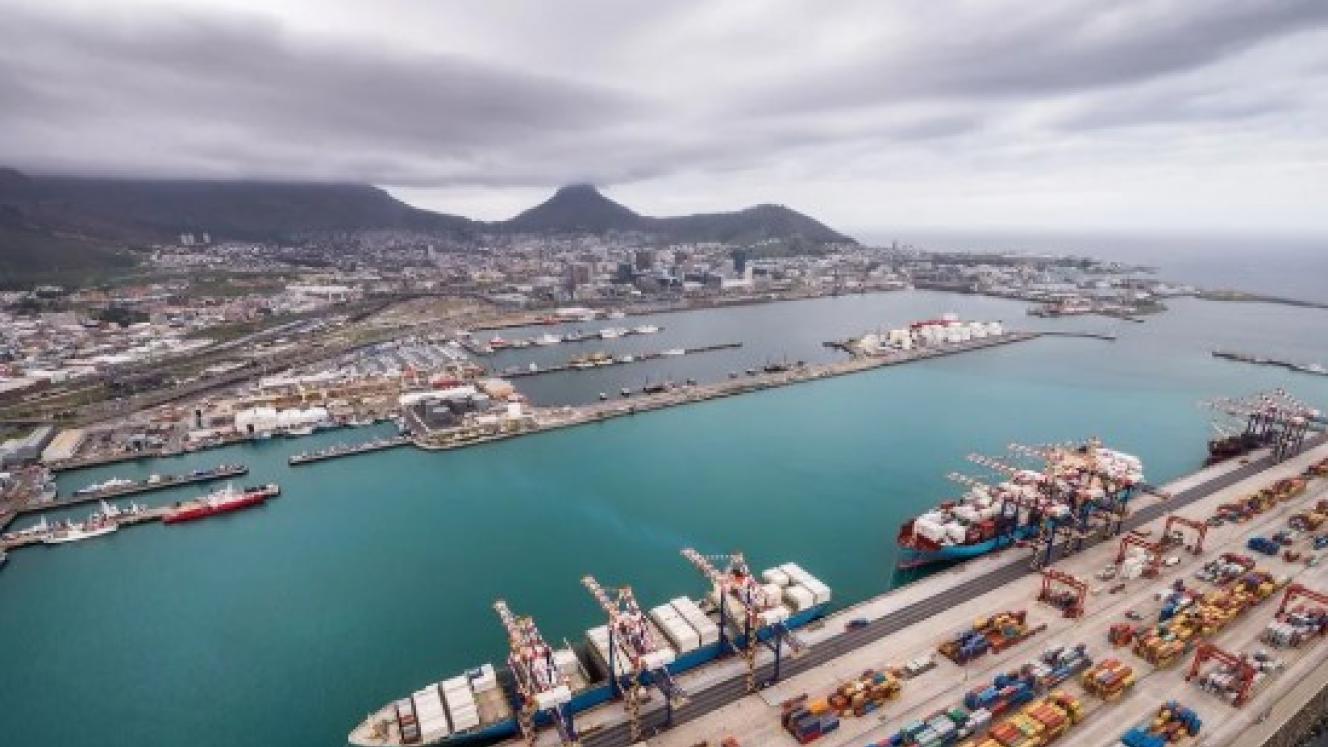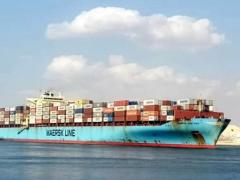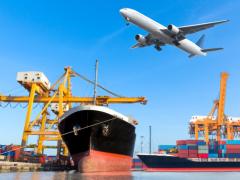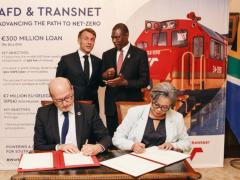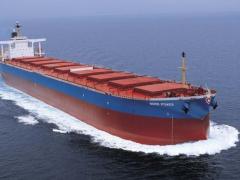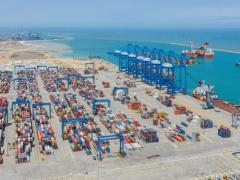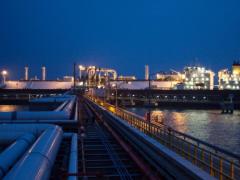As Covid-related cargo demands turn traditional trade patterns upside down, the industry has been urged to work together to make the current system operate more efficiently.
According to figures released by the World Shipping Council (WCS), this is particularly evident in North America which is experiencing an unprecedented surge in imports from Asia.
The demand swings are unlike anything ever seen. The Port of Los Angeles reported a 27.3% increase in October 2020 imports versus October 2019, with October 2020 volume now being the highest ever in the port’s 114-year history. Similarly, the Port of Long Beach registered a 19.4% increase in imports in October year over year, and in Houston imports rose 22.2% for the same period. “We should expect import volumes to remain at unprecedented levels through January, particularly since China has announced that its shipments to the US increased 46% in November 2020 over November 2019,” says the WCS.
It warns that to manage this new normal, not only is constant communication between service providers and shippers, and ocean carriers critical, it also means avoiding practices that only make the situation worse, such as making phantom bookings or skipping terminal appointments or holding on to loaded containers as a storage solution.
Since the two most critical assets needed to move cargo – container ships and containers – are largely owned and/or operated by ocean carriers, there is a natural tendency to look to the ocean carriers to solve imbalance-related problems.
The solution suggested by some is for the ocean carriers to provide more assets – ships and containers – to handle the cargo surges. And while that would be the simplest approach if it were possible, it isn’t, at least not in the near term.
“Vessel capacity is fully utilised, and little excess is available. Weekly liner services require multiple ships of a similar size, and additional vessels to support these services are not available. Equally important, additional vessel capacity without additional containers, which currently do not exist, will only make the situation worse.”
Now is not the time to introduce dramatic change to the systems or processes, says the organisation. “The challenge for all parties is to find ways to make the current system work better - which requires constant communication between service providers and shippers, and ocean carriers must recognise the part they must play in that.”

